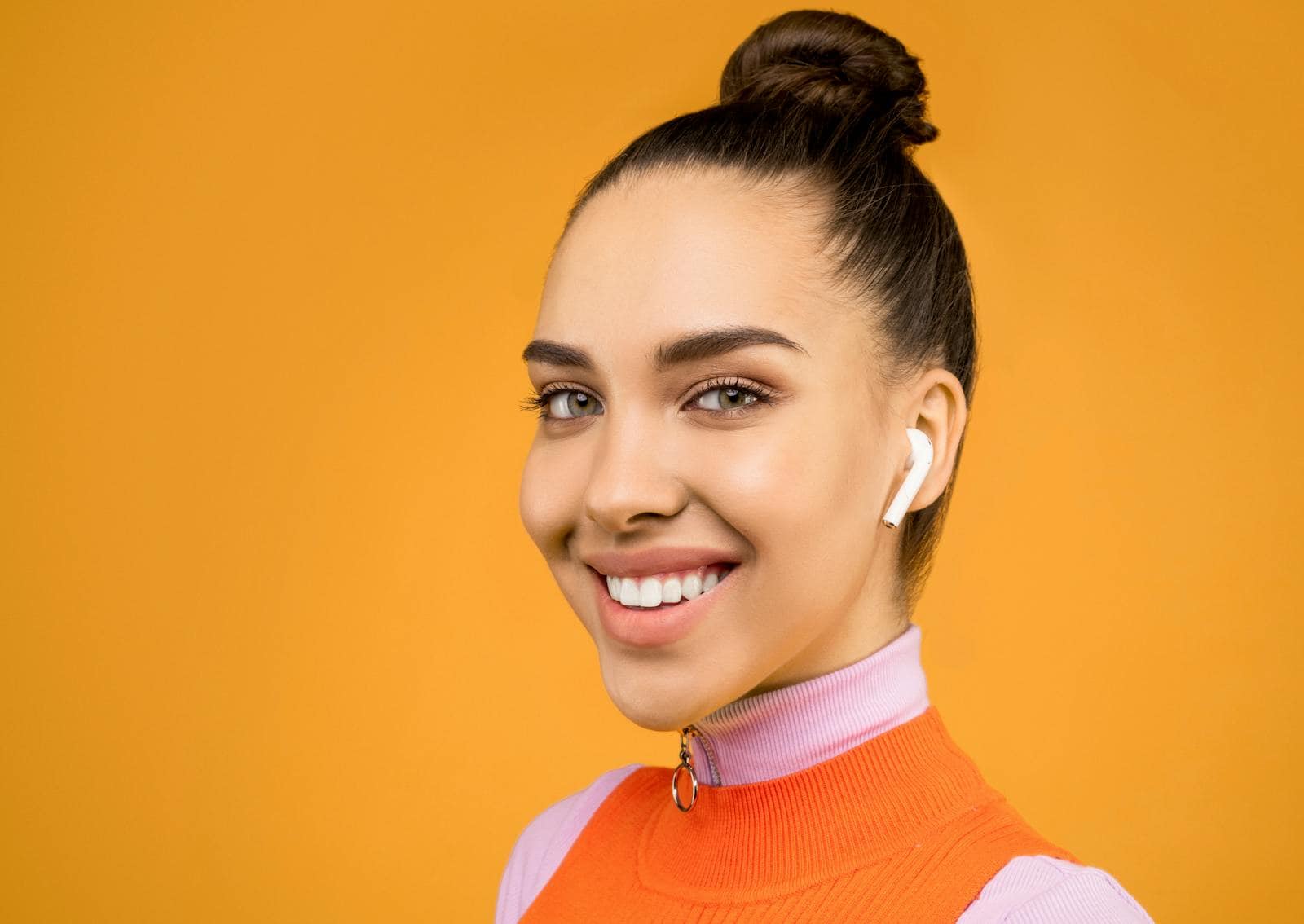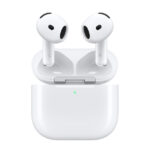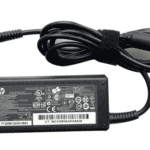Hearing aids are important for people with hearing loss, but the cost can be a major barrier. Traditional hearing aids often cost between $1,000 and $6,000 per pair, making them unaffordable for many who need them. Apple’s AirPods Pro 2, priced at just $249, now offer hearing aid functionality that could dramatically change the market by providing a much more affordable alternative.
The FDA recently authorized Apple AirPods Pro 2 to be used as over-the-counter hearing aids for people with mild to moderate hearing loss. This is big news for the approximately 28.8 million adults in the United States who could benefit from hearing assistance. The new functionality includes hearing tests and personalized sound adjustments built right into the popular earbuds.
This development is especially significant because hearing loss affects about a quarter of people over 60, and studies show that hearing aids can significantly reduce the risk of dementia. With traditional behind-the-ear hearing aids costing up to $6,000 and often not covered by insurance, the AirPods Pro 2 could help make hearing assistance accessible to millions more people.
1. The Cost Gap
- Traditional hearing aids: $3,000–$6,000 per pair, often not covered by insurance.
- AirPods Pro 2: Around $250, with built-in features like Conversation Boost and Live Listen.
- That’s a 90%+ cost reduction for people with mild to moderate hearing loss.
2. How AirPods Work as Hearing Aids
Apple has been gradually adding accessibility features that make AirPods helpful for hearing support:
- Live Listen – Turns your iPhone into a remote microphone, streaming sound directly into AirPods.
- Conversation Boost – Focuses on voices directly in front of you, reducing background noise.
- Custom Transparency Mode – Lets you adjust amplification for your environment.
- Hearing Test Integration – Works with iOS settings to personalize sound amplification.
These features don’t require extra hardware—just AirPods and an iPhone.
3. Benefits of Using AirPods for Hearing Support
- Affordable: Hundreds vs. thousands of dollars.
- Discreet: Look like everyday earbuds, reducing stigma.
- Multi-use: Double as headphones for music, calls, and media.
- Accessibility-first: Apple continually updates features via software.
4. Limitations to Know
- Not FDA-approved medical hearing aids (though regulations are loosening for over-the-counter devices).
- Best for mild to moderate hearing loss—not severe cases.
- Battery life is shorter than traditional aids (4–6 hours per charge).
- Fit may not be as comfortable for all-day wear compared to custom-molded aids.
Experts recommend seeing an audiologist if you suspect significant hearing loss. AirPods can be a gateway solution, but they may not fully replace professional care (source: MIT Technology Review; AP News).
5. Who Should Consider AirPods as Hearing Aids?
- People with mild hearing difficulties who want an affordable entry point.
- Those hesitant to invest thousands before knowing if hearing aids help.
- Anyone looking for a dual-purpose device (music + hearing support).
6. The Future of Affordable Hearing Tech
Apple’s push into hearing health is part of a larger trend: making hearing support mainstream and affordable. With millions of people avoiding traditional aids due to cost and stigma, AirPods could be the bridge that brings hearing help to the masses.
✅ Bottom line: AirPods Pro 2 (and newer) can’t fully replace medical-grade hearing aids, but they can cut the cost of entry from $6,000 down to $250 for people with mild to moderate hearing needs. They’re an accessible, stigma-free step toward better hearing health.
Key Takeaways
- AirPods Pro 2 offer FDA-authorized hearing aid functionality at $249, compared to traditional devices costing up to $6,000.
- The affordable alternative makes hearing assistance accessible to millions who might otherwise go without help.
- Apple’s entry into the hearing aid market could improve hearing health outcomes and reduce dementia risk for adults with mild to moderate hearing loss.
The Role of Apple AirPods in Hearing Assistance
For years, traditional hearing aids have cost $3,000–$6,000 per pair, putting them out of reach for many people. Apple’s AirPods Pro 2 and newer models are now offering features that function like basic hearing aids—at a fraction of the price. While they aren’t a full medical replacement for prescription devices, they’re opening the door to affordable hearing support.
Apple AirPods have evolved beyond simple wireless earbuds to offer significant hearing assistance features. These innovations help bridge the gap between consumer electronics and medical-grade hearing aids while providing affordable options for those with hearing challenges.
Technological Innovations in AirPods Pro 2
The AirPods Pro 2 include impressive hearing assistance technology. They feature Conversation Boost, which uses beam-forming microphones to amplify the voice of someone speaking directly in front of the user.
The H2 chip powers advanced noise cancellation that blocks unwanted sounds while allowing important ones through. This helps people with mild hearing difficulties focus on conversations in noisy environments.
Apple has added Personalized Spatial Audio that creates a custom listening profile based on the shape of a user’s ears. This feature improves sound clarity and directionality, helping users better locate sound sources.
The latest firmware updates have enhanced the hearing assistance capabilities. These updates improve sound processing and voice isolation technology, making conversations clearer for those with hearing challenges.
Apple AirPods as an Affordable Solution for Mild to Moderate Hearing Loss
Traditional hearing aids often cost $2,000-$6,000 per pair, while AirPods Pro cost significantly less. This price difference makes them an attractive option for those seeking hearing help.
For people with mild to moderate hearing loss, AirPods can provide meaningful assistance. The Live Listen feature turns an iPhone into a remote microphone that sends amplified sound to the AirPods.
Users can adjust sound settings through their iPhone without the stigma often associated with traditional hearing aids. The familiar design looks like regular earbuds rather than medical devices.
However, experts emphasize that AirPods are not FDA-approved hearing aids and shouldn’t replace professional solutions for significant hearing loss. They work best as a supplementary tool or entry-level option.
Compatibility with iOS and Health Features
iOS 18 brings expanded hearing health capabilities to the AirPods ecosystem. Users can now take hearing tests directly through their iPhone and AirPods, with results saved to the Health app.
The Health app integration allows for tracking hearing health over time. This feature helps users monitor potential changes in their hearing abilities and share data with healthcare providers.
Bluetooth connectivity enables seamless pairing with multiple Apple devices. Users can switch between iPhone, iPad, Mac, and Apple TV without reconnecting, making the hearing assistance features more accessible throughout the day.
Apple has added notification features that alert users when they’re exposed to loud sounds. This preventive approach helps protect hearing health before damage occurs.
Comparative Analysis of Over-The-Counter Hearing Aids and AirPods
The hearing aid market is experiencing a significant shift with Apple’s entry through AirPods Pro 2. This technology bridges the gap between traditional hearing aids and consumer electronics, offering more affordable options while maintaining clinical-grade features.
Cost-Benefit Assessment of Prescription vs. Over-The-Counter Devices
Traditional prescription hearing aids typically cost between $2,000 and $6,000 per pair, putting them out of reach for many Americans who need hearing assistance. The introduction of over-the-counter hearing aids has disrupted this market significantly.
Apple’s AirPods Pro 2, priced at $249, can now function as FDA-approved hearing aids. This represents a potential savings of over 95% compared to premium prescription devices.
Price Comparison:
- Premium prescription hearing aids: $2,000-$6,000
- Basic OTC hearing aids: $200-$800
- AirPods Pro 2 with hearing features: $249
The cost advantage is clear, but buyers should consider their specific hearing needs. Severe hearing loss may still require prescription devices with advanced amplification capabilities. For mild to moderate hearing loss, AirPods offer a cost-effective alternative.
Battery life is another consideration – most traditional hearing aids last 3-7 days, while AirPods require daily charging.
Hearing Health and Accessibility Features in Apple Products
Apple has integrated several hearing health features into their AirPods Pro 2. The company’s latest software update transforms these earbuds into clinical-grade hearing aids.
Key Accessibility Features:
- Conversation Boost that focuses on voices in front of the user
- Active Noise Cancellation to reduce background noise
- Transparency mode for environmental awareness
- Personalized hearing profiles based on user tests
Unlike most OTC hearing aids, AirPods include a built-in hearing test feature. This allows users to create customized hearing profiles without visiting an audiologist.
The integration with other Apple devices creates a seamless experience. Users can adjust settings through their iPhone or Apple Watch, making accessibility more discrete and convenient.
Apple’s approach to hearing health leverages software to enhance hardware capabilities. This means features can improve through updates without requiring new device purchases.
User Experience with AirPods for Hearing Enhancement
Real-world user experience with AirPods as hearing aids shows both strengths and limitations. Hearing experts note that AirPods excel in certain situations but may not replace traditional devices for all users.
The form factor of AirPods offers advantages in social settings. Many users report feeling less stigma when wearing AirPods compared to traditional hearing aids, as they appear like standard wireless earbuds.
Studies have compared AirPods against traditional hearing aids with promising results. One research study found that even the standard AirPods (not Pro) performed comparably to basic hearing aids in certain tests.
User-Reported Benefits:
- Simple setup process
- Intuitive controls through Apple devices
- Comfort during extended wear
- Dual functionality as music earbuds and hearing aids
Limitations include battery concerns and fit issues for some ear types. The lack of water resistance also makes them less suitable for active lifestyles compared to purpose-built hearing aids.
The key differences between AirPods and traditional hearing aids remain important for consumers to understand when making purchasing decisions.







